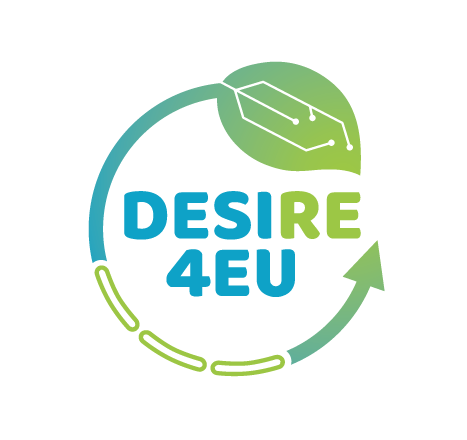Portfolio activities
Connecting with other projects for the Sustainability of Electronics in Europe
DESIRE4EU fosters synergies and collaboration within the EIC Responsible Electronics portfolio to maximize scientific outcomes, exploitation potential, outreach opportunities with key stakeholders, and the identification and overcoming of major barriers.
The goal is to enable the development of more sustainable electronic materials, reducing environmental impact and dependence on critical raw materials. Each project contributes to a more sustainable electronics sector with its own approach.
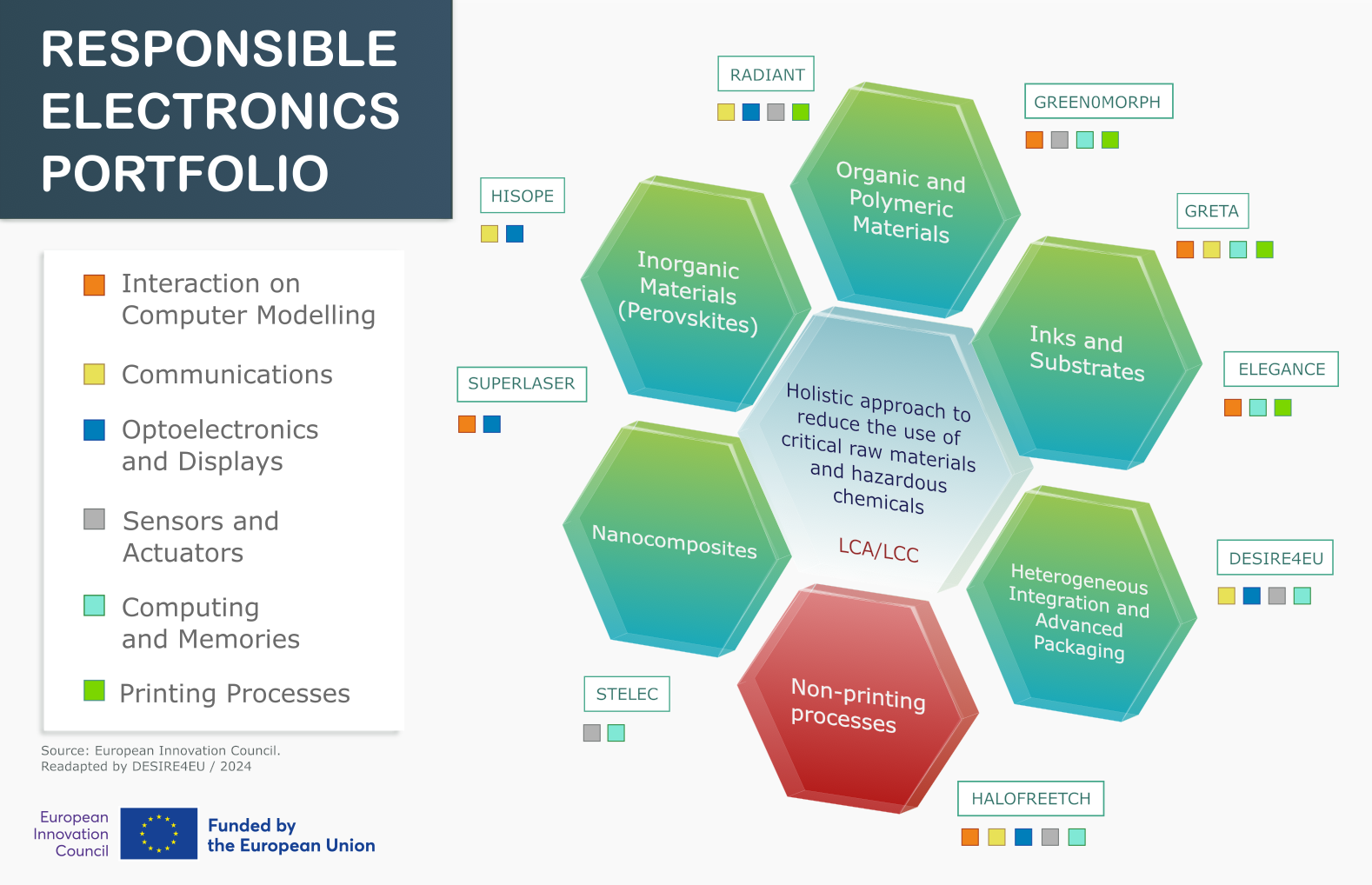
Find more information about the Portfolio’s different projects:
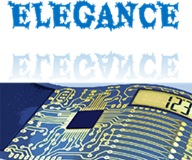
ELEGANCE 
ELEGANCE develops a new, printable, and light-operated processing technology specialised for IoT edge computing applications. The project employs abundant and recyclable eco-friendly materials. The processor enables simultaneous IoT energy-efficient computing and visual sensing. The project will implement in-memory computing schemes, such as crossbar memristor arrays, by employing low-cost, industrially compatible sustainable printing techniques.
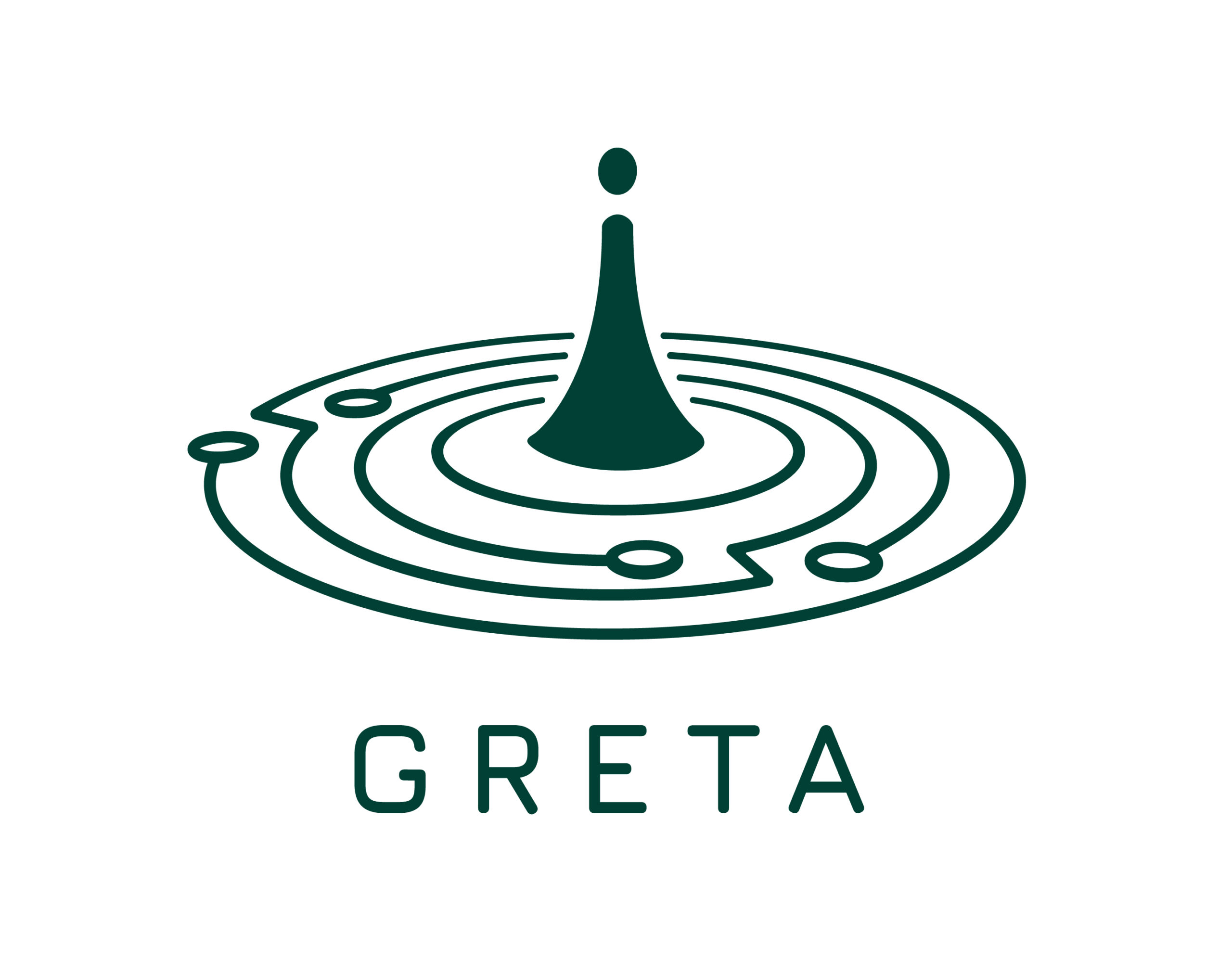
GRETA 
GRETA will lay the foundation of the first green, printed and flexible organic wireless identification tag operating at Ultra-High Frequency (UHF, 300 MHz – 1 GHz). The long-term vision of the project is to enable remote powering and readout of tags up to meters of distance, as required in logistics and security, without the need for a battery and drastically reducing lifecycle impact and cost in comparison to any available passive radio-frequency identification (RFID) technology.

GreenOMorph 
The project aims to reduce the environmental impact of electronics by addressing manufacturing, usage, and disposal and eliminating the need for critical raw materials in electronic devices. It uses neuromorphic computing instead of traditional Von Neumann computing, drastically reducing energy consumption during use. It will use organic electronics with eco-friendly materials and employ low-temperature additive manufacturing techniques for all organic artificial sensory neuron components designed to recognise tactile pressure patterns.

HaloFreeEtch 
HaloFreeEtch aims to identify new, halogen-free and sustainable etching processes for sustainable semiconductor manufacturing, applied to deep etching of silicon and silicon oxide. The project will provide a novel model and data-based methodology for sustainability and life cycle analysis of plasma-etching to quantify the carbon-footprint of all novel etching processes. HaloFreeEtch combines lab-scale research on three innovative technological routes with computational screening of novel and promising etchants, a comprehensive multi-scale modeling approach to predict potential working points and a model-based life cycle and sustainability analysis.
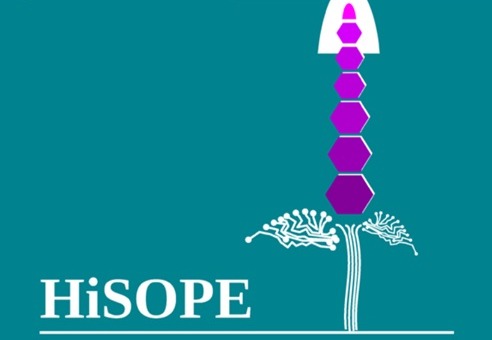
HISOPE 
HiSOPE focuses on novel fast and broadband organic optoelectronic materials, devices and systems, allowing high added-value applications such as optical data transmission and wireless optical communication. The project aims to develop organic semiconductor (OSC) materials and fabricate different organic devices like High-Speed Organic Light Emitting Diodes, High-Speed Organic PhotoDetectors, and electrically driven Short Pulse Organic Lasers, and integrate these into lab-scale waveguided and wireless data transmission demonstrators.
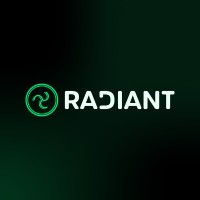
RADIANT 
RADIANT aims to relieve the environmental burden of LED technology while also improving its competitiveness.
RADIANT incorporates the property of chirality into three emerging LED technologies: organic, perovskite, and quantum dot-based, significantly enhancing LED performance and reducing production costs
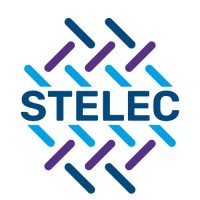
STELEC 
STELEC develops circuit technologies for e-textiles using materials that are compatible with the lifecycle of conventional textiles and have minimal environmental impact, facilitating reuse within a circular economy. The project will use digital inkjet printing, 3D printing, and atmospheric plasma to create sustainable building blocks for textile electronics. The goal is to establish a new, environmentally friendly paradigm for e-textile development.
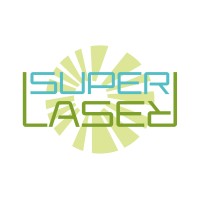
SUPERLASER 
The project aims to develop low-cost, ultranarrow linewidth halide perovskite lasers. SUPERLASE aims to design halide perovskites as topological lasers without additional cavities, fabricate the first room-temperature, electrically pumped perovskite lasers, and ensure zero e-waste through recycling and reuse protocols.
